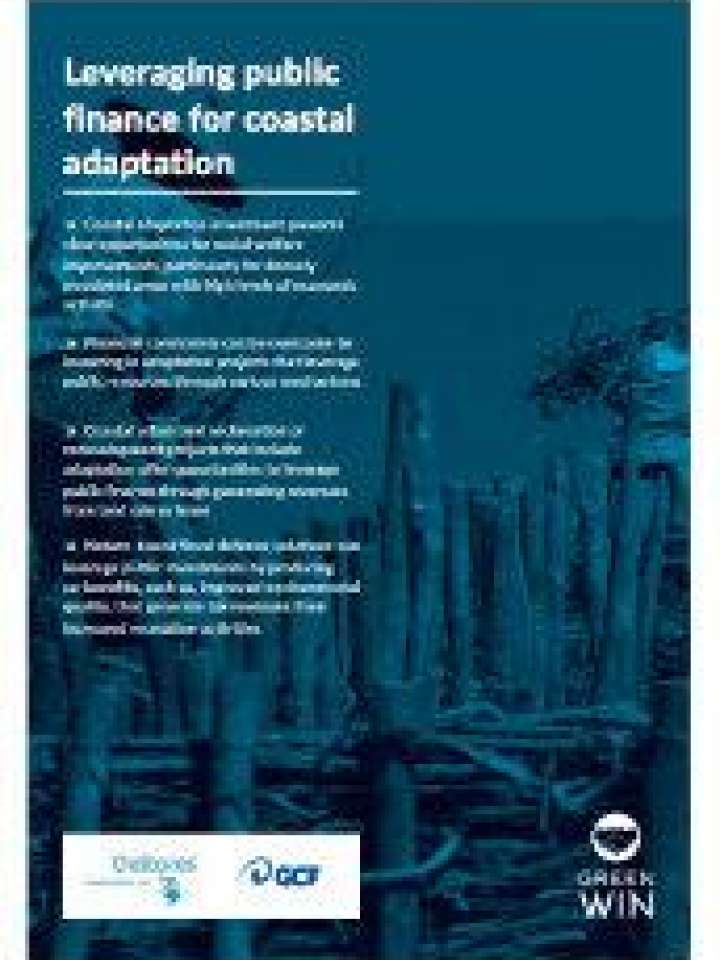Leveraging public finance for coastal adaptation
This policy brief provides an overview of three approaches to leveraging public finance for coastal adaptation: 1) generating revenues through market transactions; 2) generating revenues through taxes; and 3) improving efficiency of project implementation. These approaches help public authorities that want to invest in coastal adaptation overcome financial constraints.
This policy brief uses three case studies in Germany, the Netherlands and the UK to demonstrate these approaches. The examples involve land reclamation and real-estate development, nature-based solutions leading to ecological co-benefits, and longterm contracting through public-private partnerships.
Leveraging public finance refers to achieving increased outputs with the same amount of public investment. For example, if a public actor invests in beach nourishment for flood protection in a given area, and then receives increased tax revenues from increased tourist spending in the area, the public actor’s financing of the flood protection measure has been leveraged. Leveraging public investment in flood risk reduction can be achieved by projects producing co-benefits and generating revenue from these benefits through either market transactions or tax revenues. Leveraging can also be achieved by implementing a project more efficiently, thus reducing overall public expenditure.
Explore further
